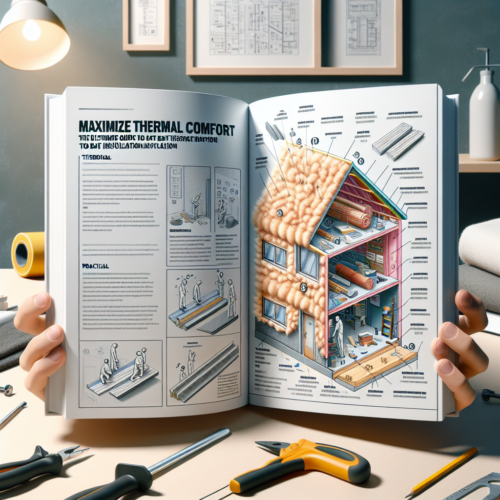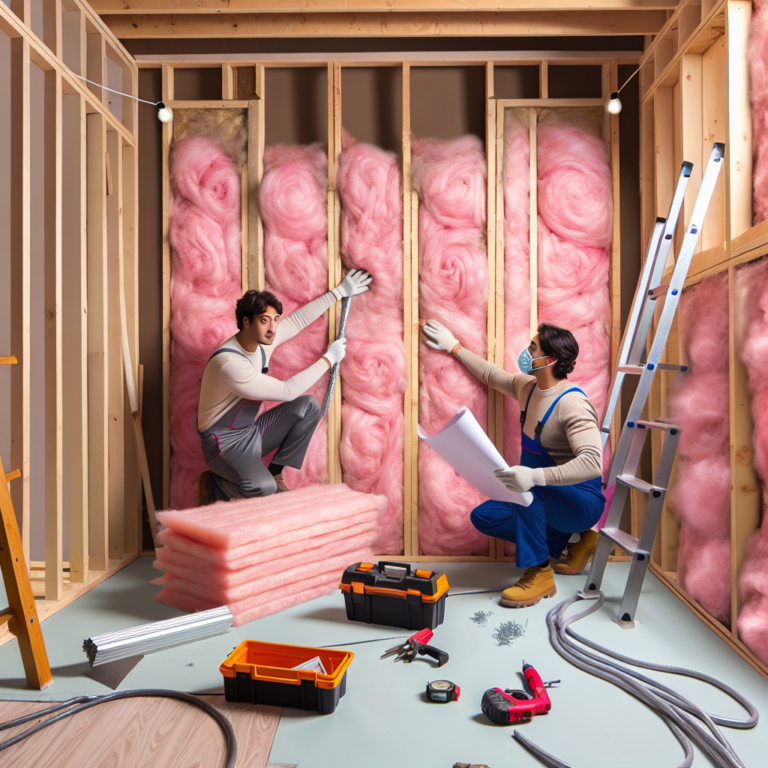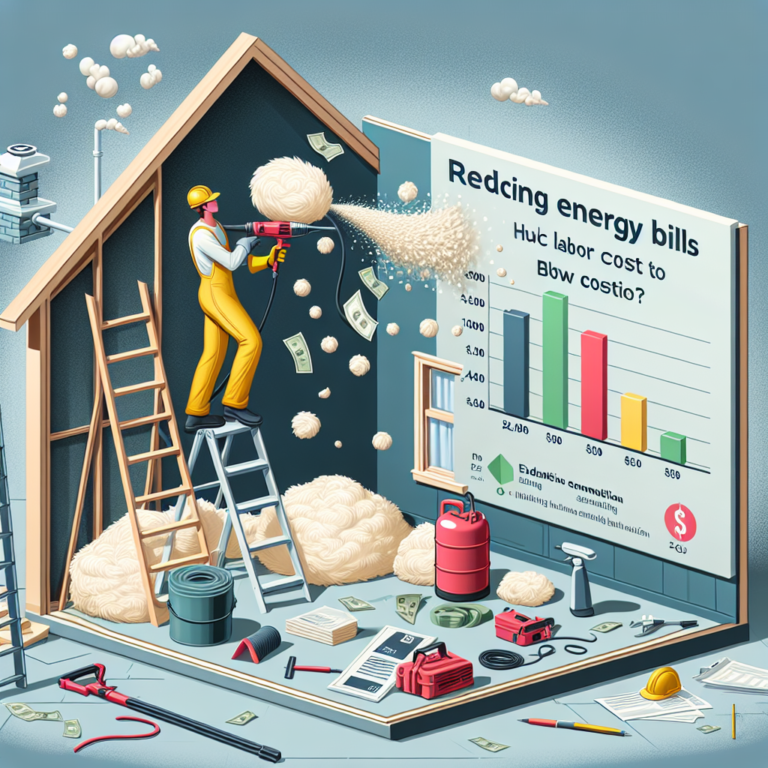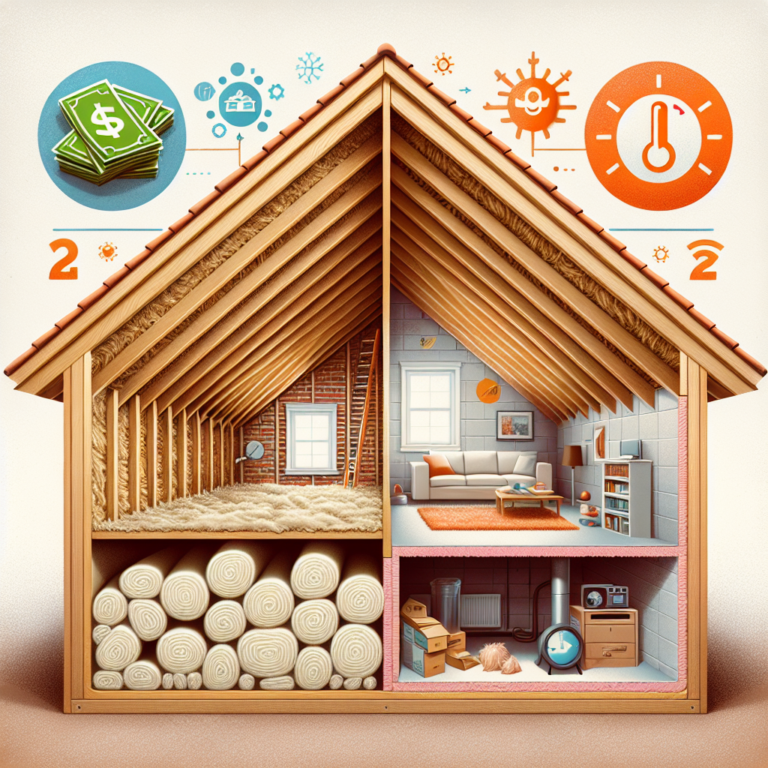Maximize Your Attic Insulation: The Best Types of Blown-In Batt Insulation
Introduction
As energy costs climb and homeowners seek year-round comfort, the attic often becomes a major source of heat loss or gain. One of the most effective ways to seal this energy drain is with blown-in batt insulation. By combining loose-fill blown insulation with traditional pre-cut batts, you get the best of both worlds: comprehensive coverage plus a solid thermal barrier. In this article, we’ll explore what blown-in batt insulation is, why it works so well, the top batt materials to consider, and expert tips for selecting the right R-value and installation methods. Whether you’re upgrading an older home or building new, this hybrid approach can deliver superior energy efficiency and lasting comfort.
What Is Blown-In Batt Insulation?
Blown-in batt insulation is a hybrid system that layers pre-cut insulation batts over an existing bed of loose-fill insulation (cellulose, fiberglass, or mineral wool). First, a technician fills the attic cavity with blown-in loose-fill insulation, filling voids and irregular spaces. Then, lightweight batts are laid across the joists, creating a continuous thermal blanket. This approach maximizes R-value, improves air sealing, and reduces the chance of gaps that can undermine performance.
H2: Benefits of Blown-In Batt Insulation
Greater R-Value Per Inch
• Loose-fill insulation provides initial coverage, but its R-value per inch can be lower than batts. Adding batt insulation on top boosts the overall R-value, helping your attic resist heat transfer more effectively in both summer and winter.
Improved Air Sealing
• Blown-in materials settle into cracks, but settling over time can create air leaks. Batts laid on top lock the loose-fill in place and form a tighter barrier, cutting drafts and reducing HVAC workload.
Enhanced Pest and Rodent Resistance
• Loose-fill can shift when disturbed, potentially allowing pests to burrow. Batt insulation is denser and more resistant to intrusion, limiting access for rodents and insects.
Superior Soundproofing
• Batt materials—especially mineral wool—absorb sound better than loose-fill alone. The combination dampens attic noise, reduces echoes, and can improve home office or media room acoustics below.
Increased Home Value
• Energy-efficient homes command higher resale prices. A well-insulated attic is a major selling point, and the visible layer of batts demonstrates professional care to prospective buyers.
H2: Types of Blown-In Batt Insulation
H3: Fiberglass Batts
• Composition: Fine glass fibers bonded into a semi-rigid panel.
• R-Value: R-11 to R-38, depending on thickness and density.
• Pros: Cost-effective, non-combustible, resists mold and moisture.
• Cons: Fibers can irritate skin and lungs; requires protective gear during installation.
H3: Mineral Wool Batts
• Composition: Natural rock or slag fibers pressed into batts.
• R-Value: R-15 to R-30 per inch, with high-density options available.
• Pros: Excellent fire resistance, superior sound absorption, water-repellent, eco-friendly (often contains recycled content).
• Cons: Typically more expensive than fiberglass; slightly heavier and stiffer to handle.
H3: Hybrid Cellulose/Batt Systems
• Composition: Loose-fill cellulose topped with specialized high-density batts.
• Pros: Cellulose’s air-sealing properties combined with batt’s thermal mass create a robust barrier.
• Cons: Cellulose may settle over years; periodic top-ups may be required.
H2: Choosing the Right R-Value
Climate Zone Matters
• Cold climates (Zones 5–8): Aim for R-49 to R-60 total attic insulation.
• Moderate climates (Zones 3–4): R-38 to R-49 is generally sufficient.
• Hot climates (Zones 1–2): R-30 to R-38 can balance cost and performance.
Layering Strategy
• Start with 4–6 inches of loose-fill blown insulation (cellulose or fiberglass).
• Add batt insulation to achieve the target R-value: for example, R-19 batts over R-19 loose-fill yields R-38.
Budget and ROI
• Higher R-values cost more upfront but pay back via lower heating and cooling bills.
• Calculate payback period: divide added insulation cost by annual energy savings.
H2: Installation Tips for Blown-In Batt Insulation
Seal and Prepare
• Seal attic bypasses (gap sealing around pipes, chimneys, wiring penetrations) before insulating.
• Ensure attic ventilation and soffit baffles are in place to prevent moisture buildup.
Maintain Even Coverage
• For loose-fill, use a calibrated blower to achieve uniform depth.
• When placing batts, avoid compressing them; keep them fluffed to design thickness.
Safety First
• Wear a respirator, gloves, and eye protection when handling fiberglass or mineral wool.
• Shut off attic fans and ensure adequate lighting and stable flooring.
Inspect and Top-Up
• Blown-in insulation can settle over time. Check depths annually and add loose-fill or batts as needed to maintain R-value.
Conclusion
Blown-in batt insulation offers a powerful combination of comprehensive coverage and high-performance thermal resistance. By layering batt materials over loose-fill insulation, you maximize R-value, improve air sealing, and enjoy added benefits like sound dampening and pest resistance. Whether you choose fiberglass batts for cost-efficiency or mineral wool for its fire and moisture resistance, this hybrid approach can transform your attic into a true energy saver. Invest in blown-in batt insulation today and start enjoying lower utility bills, enhanced comfort, and increased home value tomorrow.












